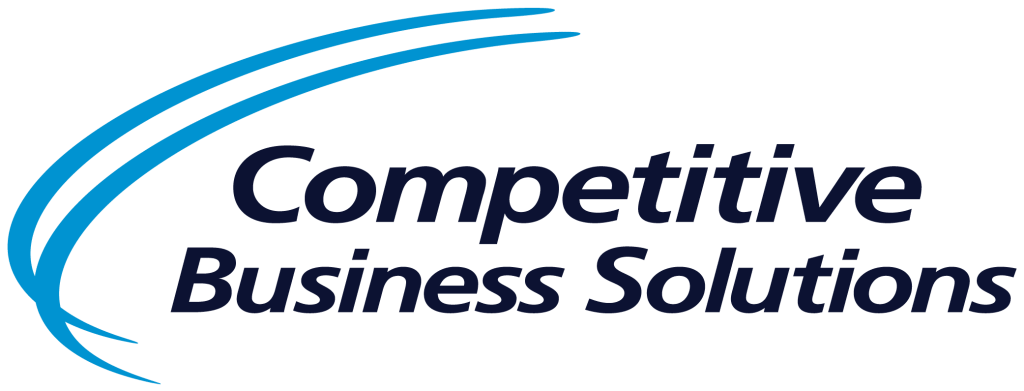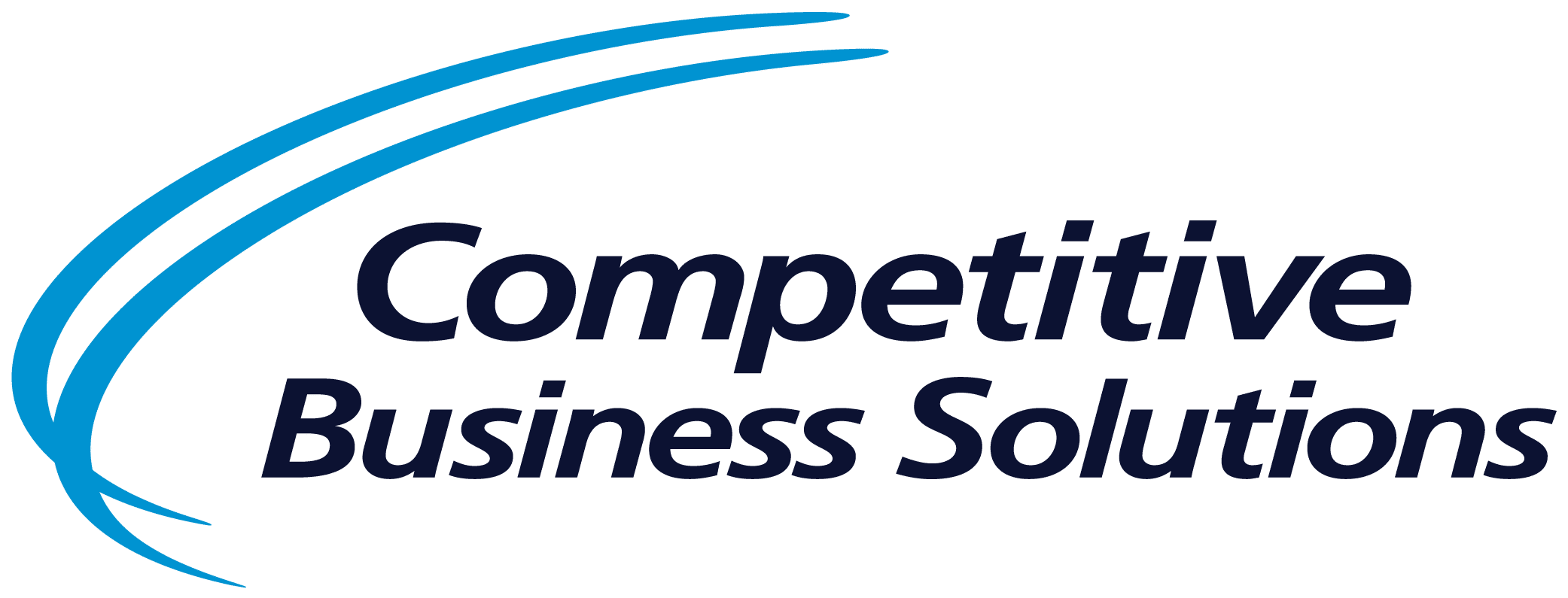
Break Down the Walls: Enhancing Customer-Supplier Relationships
September 15, 2020
|
By
cbsteam
When we hear the phrase “Customer-Supplier Relationship,” the first thing they tend to think about is external suppliers. We find that regardless of industry, many of our clients have poor relationships with external suppliers, yet this is just the tip of the iceberg. Too often, organizations ignore internal customer-supplier relationships, which have an equal to or greater than impact on the performance of the business. In order to cultivate trusted internal and external partnerships, here are some ideas that can yield amazing results!
| Partnership: The state of being a partner (either of two persons dancing together). Syn: alliance, association, cooperation, association, relationship. |
- Identify the customer-supplier relationships within the value stream. Many employees do not immediately recognize the importance of internal customer-supplier relationships. Use the personnel within various processes to create a SIPOC diagram to visualize where these ties exist. Document where gaps may exist and create action plans to mitigate risks. Team awareness of these relationships is the first step to improving collaboration.
- Identify and resolve broken communication chains between parties. To have a successful partnership, mutual respect and trust must exist. Over time, a variety of things may undermine a relationship and make recovery more challenging. A new face may be needed to overcome a dysfunctional situation, but changes in approach can also be effective if executed properly. Seek to understand the breakdown in communication; then use regular interactions to build the connection.
- Use metrics, visual controls and standard work to control the process and communicate performance. Scorecards are frequently used in the external customer-supplier relationship, but internally, this is not always the case. In general, people want to know how they are doing. They want to know when they are winning, and when they are not, they want support to achieve the win.
 Standard work can provide the “checklist” to gauge that the important activities are being completed. Simple metrics posted in team work areas or at a gemba stop can share status and help teams anticipate issues before they become full-fledged obstacles.
Standard work can provide the “checklist” to gauge that the important activities are being completed. Simple metrics posted in team work areas or at a gemba stop can share status and help teams anticipate issues before they become full-fledged obstacles. - Be quick to drive structured problem-solving and slow to point fingers. More commonly in external relationships, we discover a situation where a supplier has repeatedly been “beat-up” over performance issues without any reflection on customer responsibility. By utilizing process maps, cause and effect diagrams, and 5 Why techniques, many historical issues can be traced to a root cause that can be easily rectified. Barriers drop quickly, and new alliances are forged.
Across the vertical markets we serve, there are common themes that keep clients from excelling—not paying attention to internal and external customer-supplier partnerships is a very common issue. This relationship is much like a dance. Elements such as care, attention to detail, trust, technique and respect all play a part in maintaining a healthy partnership. When customers and suppliers work together and truly seek to enhance the relationship, that’s when we’ll find breakthrough success!
Latest Insights
Sign up to receive our latest insights!
"*" indicates required fields




